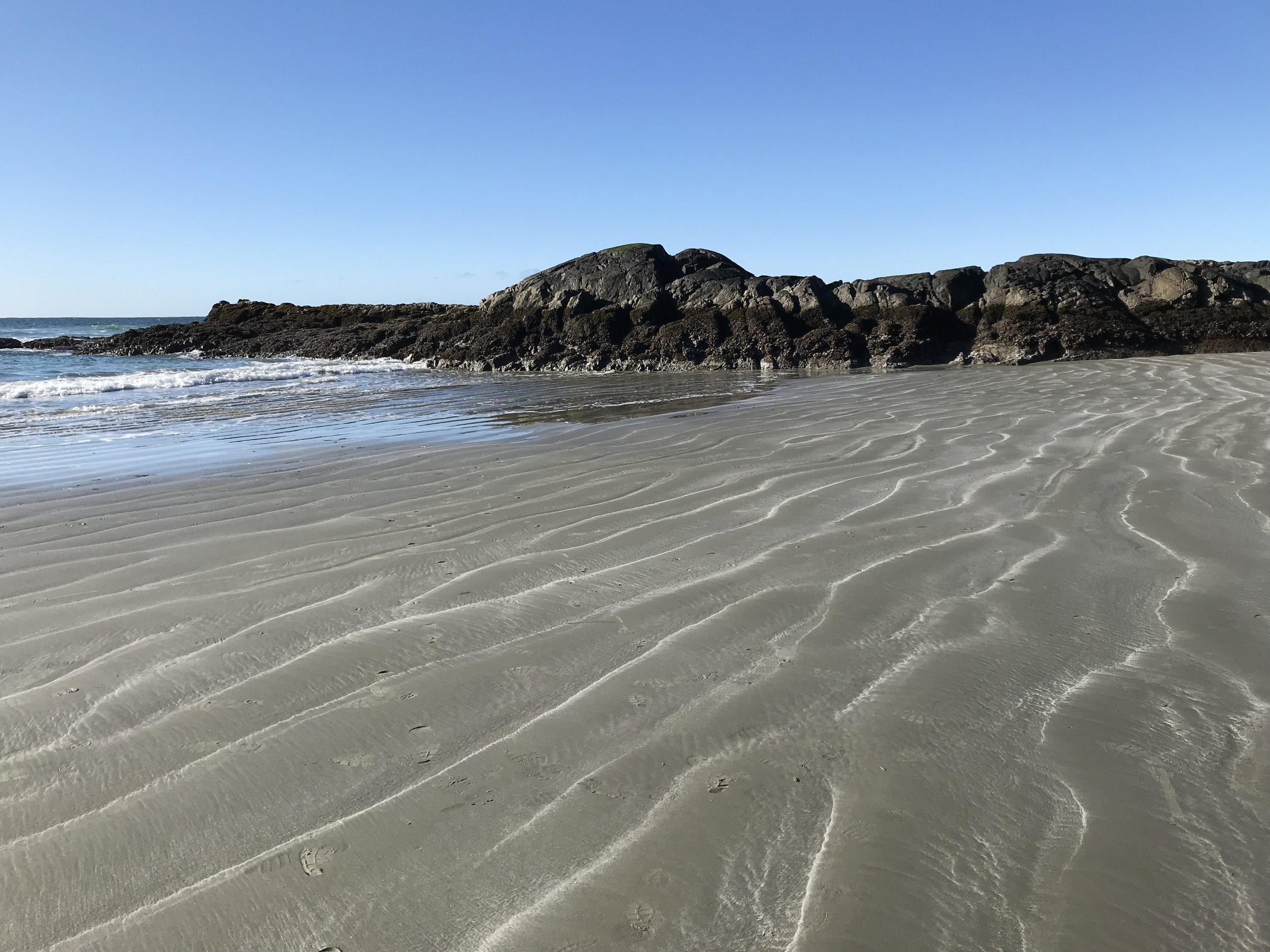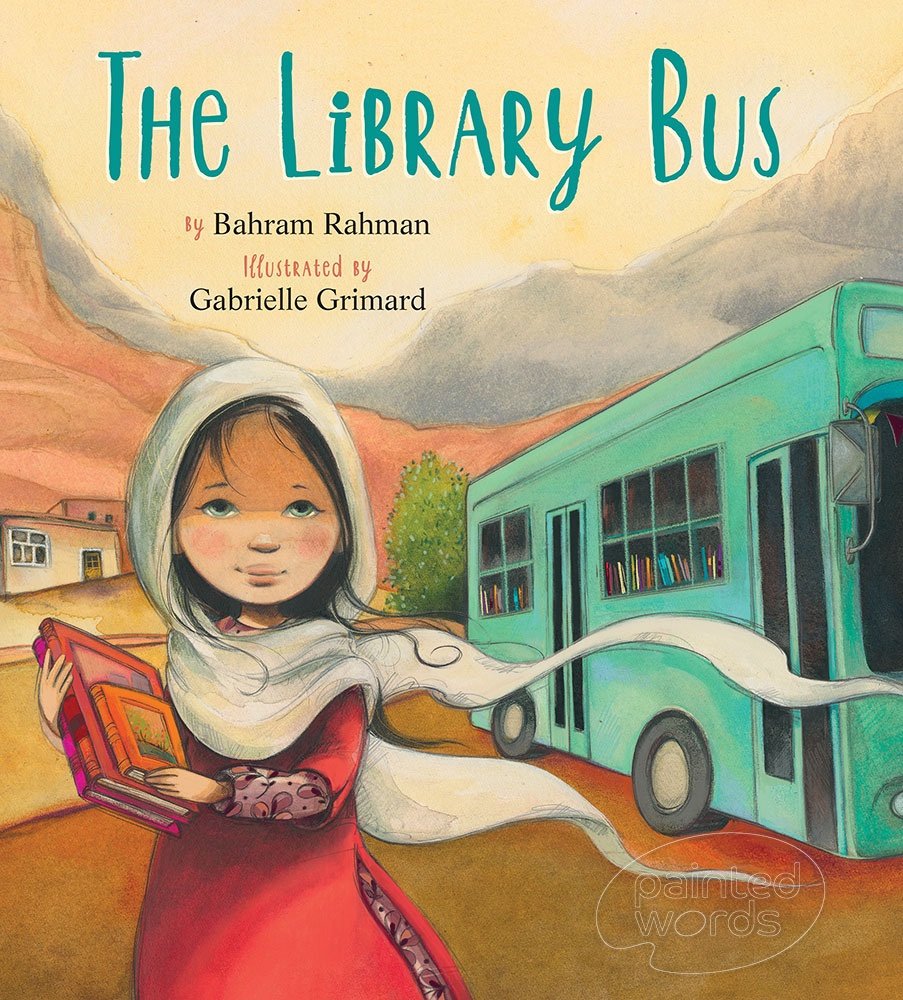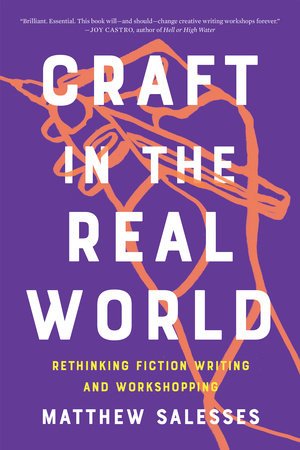
Writing With a Broken Tusk
Writing With a Broken Tusk began in 2006 as a blog about overlapping geographies, personal and real-world, and writing books for children. The blog name refers to the mythical pact made between the poet Vyaasa and the Hindu elephant headed god Ganesha who was his scribe during the composition of the Mahabharata. It also refers to my second published book, edited by the generous and brilliant Diantha Thorpe of Linnet Books/The Shoe String Press, published in 1996, acquired and republished by August House and still miraculously in print.
Since March, writer and former student Jen Breach has helped me manage guest posts and Process Talk pieces on this blog. They have lined up and conducted author/illustrator interviews and invited and coordinated guest posts. That support has helped me get through weeks when I’ve been in edit-copyedit-proofing mode, and it’s also introduced me to writers and books I might not have found otherwise. Our overlapping interests have led to posts for which I might not have had the time or attention-span. It’s the beauty of shared circles—Venn diagrams, anyone?


Process Talk: Rachel Smoka-Richardson on Cinderelliot: A Scrumptious Fairytale
Welcome, Rachel Smoka-Richardson, my former student and current teaching assistant in the VCFA Picture Book Intensive. I remember that even back then, Rachel was interested in quirky characters with big vision, so I’m delighted to celebrate the publication of Cinderelliot, scrumptiously co-written by Rachel with Mark Ceilley.

The Dance of Words and Pictures in The Tree in Me
Trees and us. We’re bound together from breath to shelter and beyond, bound together in every way.
That’s the truth that resides in this poem in words and pictures from author-illustrator Corinna Luykens. The words are as delicate as the rustle of leaves but they’re also completely centered on the child reader.

Remembering The Library Bus
The fate of Afghan girls and their education still hangs in the balance, as the present rulers try to figure out what’s going on. Are schools for girls open or not? It’s hard to believe that such a question can even be asked in the 21st century. In support of girls in a country plunged once more into despair, girls who long to go to school and can’t, I’m driven to think about this picture book.

Chernobyl Revisited in The Blackbird Girls by Anne Blankman
In Pripyat, Ukraine, the citizens know an accident could happen at the power plant but they’ve been told that drinking milk and eating cucumbers will cure any radiation sickness that might result.
Fifth grade classmates Valentina Kaplan and Oksana Savchenko are not exactly friends, but now they’re forced into each other’s company by the sudden evacuation prompted by the hideous catastrophe of Chernobyl.

The Words in Picture Books: Lali’s Feather by Farhana Zia
Even in 2022, it’s rare to find a truly playful picture book that is also grounded in a particular location and with a specific cultural setting. In Lali’s Feather by Farhana Zia, you will not find the staple fare of diversity in picture books—food, family traditions, festivals.

Everything and the Kitchen Sink: the Charm of Illogic in Stuck by Oliver Jeffers
We talked about Stuck by Oliver Jeffers during the Picture Book Intensive workshop in this year’s January residency. I looked at it again to try and figure out where its particular charm lies.

Time and Driftwood
You can't hold water and wood in the mind at once and not also fold in the passage of time.

The Words in Picture Books: In Praise of “Little”
Every time I make some wise declaration about the nature of words, I set myself up for a comeuppance. This is probably a good thing. It keeps me honest. It reminds me that the effectiveness of words always depends on skill and intention. Most recently, I found myself questioning the use of the word “little.” When we speak of our characters as “little children” are we patronizing them?

Above All, the Children
Russian authorities, Masha Gessen tells us in her New Yorker article, have banned words like “war” or “invasion” to describe what they want to call a “special operation” in Ukraine. Whatever they may choose to call it, it’s about walking into someone else’s home and suggesting that it’s not a home at all, and the people in it are not who they think they are.
And what about the children? I’m reminded of the Ukrainian folktale retold in America by Jan Brett in her beloved book, The Mitten.

The Words in Picture Books: The Longest Letsgoboy
Thank you, Vaunda Nelson, for mentioning The Longest Letsgoboy (by Derick Wilder, illustrated by Cátia Chien) in one of our writing group conversations.

The Words in Picture Books: I Talk Like a River
Canadian poet Jordan Scott’s picture book, I Talk Like a River, 2021 Schneider Family Book Award winner, has been celebrated as a sensitive first-person account of a child struggle with a limitation that is all his, but that the world sees as strange and unnatural.

Yes, That Change: Around the Corner
An island nation ravaged by The Change has fortified itself with a wall, with young Defenders conscripted to patrol 10,000km of concrete walkways to keep Others out. Sounds familiar, no?

The Magical Picture Book Mind of Mark Karlins
I met Mark Karlins through his picture books long before I met him in person.
They are gentle, tender stories that endow their child characters with eccentric families and friends, unusual yearnings, whimsical impulses, and the zaniest of adventures. Rereading these now, I can see in them the antecedents to his last picture book, Kiyoshi’s Walk.

Politics, Roses, and George Orwell
If Rumer Godden’s The River gave me an inside-out kind of permission to write about India in my own here and now, George Orwell’s books, and later his dramatic essay, Shooting an Elephant offered me unsparing views of power and privilege, suggested that society and history are fraught with endless complications, and even hinted that perhaps I didn’t need permission from anyone.
I read Emma Larkin’s pseudonymous book, Finding George Orwell in Burma, in one big gulp, fascinated by its travelogue-memoir mix but really looking for connections between Orwell’s books and his life and what both meant for a country embroiled in its own unending struggles.
And now I’m reading Orwell’s Roses by Rebecca Solnit, a personal, historical, and literary meditation on Orwell as gardener.

Colonial Connections in Saving Savannah
Tonya Bolden’s YA novel, Saving Savannah, is set at the end of WWI. It’s a meticulously documented novel, the story of 17-year-old Savannah Riddle who finds herself rebelling against the elite Black Washington DC society of her parents.

Power and the Silencing of Activists
Mythology and performance play roles in Oonga, the novel version of a 2013 movie with the same name, which won a 2021 Neev Book Award. The real-life dystopia of corporate plunder and the clash of ideologies lie at the heart of the novel, its storyline delivered in fragments that echo the fracturing of the land, torn up and left bleeding by the mining company. Sometimes fiction can help disseminate the truth about real-world events.

Guest Post: Matt Lilley on Good Eating: The (Short) Life of Krill
It’s always wonderful to see books emerge from manuscripts I saw for the first time in a workshop. Congratulations to Matt Lilley on the release of his engaging, funny, surprising picture book, packed with information about the tiny creature that is the Southern Ocean’s keystone species. Here’s Matt on how he came to write this text.

A Book About a Book
I love books about books. Here’s one that I find endlessly fascinating. It was a beautiful work when it was published in 2004 but like so many things in the world, The Red Book by Barbara Lehman unpacks in a whole new way in this era of Covid. It’s about travel and the imagination—a link we’re forced to make today as travel continues to be fraught with difficulty. It’s about seeing others, in a time when reaching out to people has never been more important.

Whose Year? Whose Story?
As we end this year—another profoundly strange, unsettling year—I’ve just finished reading Craft in the Real World by Matthew Salesses. It made me want to weep and cheer in turn, sometimes at the same time. It spoke to so many memories I have of my own experiences with fellow writers, agents, and editors, and of having to push back for too many years against common expectations of what a story is and what shape it should take.

Warning: World’s Unluckiest Diamond
I have long been a fan of William Dalrymple’s books. I very much enjoyed reading the authoritative and wide-ranging history he co-authored a few years ago with Anita Anand, Koh-I-Noor: The History of the World’s Most Infamous Diamond.
I wondered at the time if a book for children might some day be drawn from this material. It seemed like an obvious reach and something likely to fuel middle-grade curiosity.
Now, here it is.
